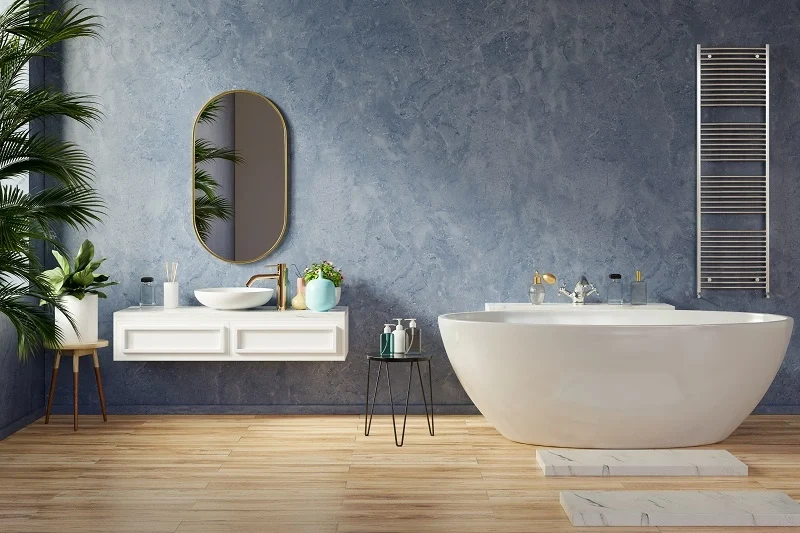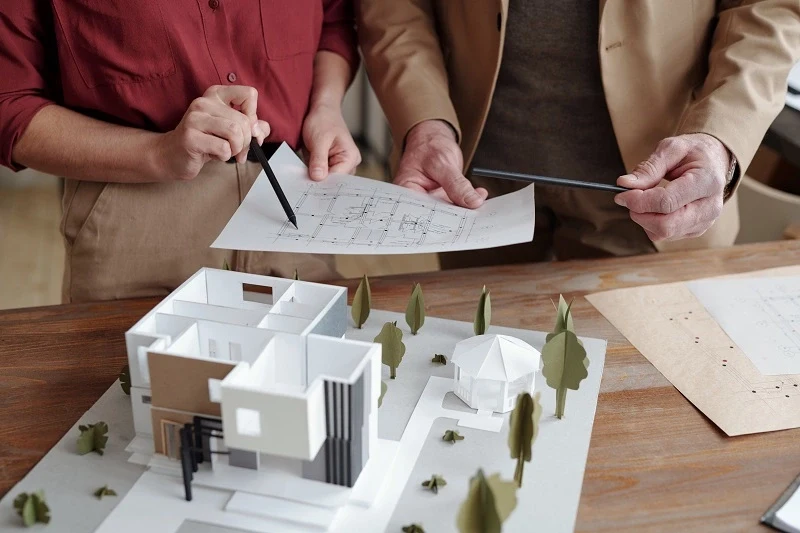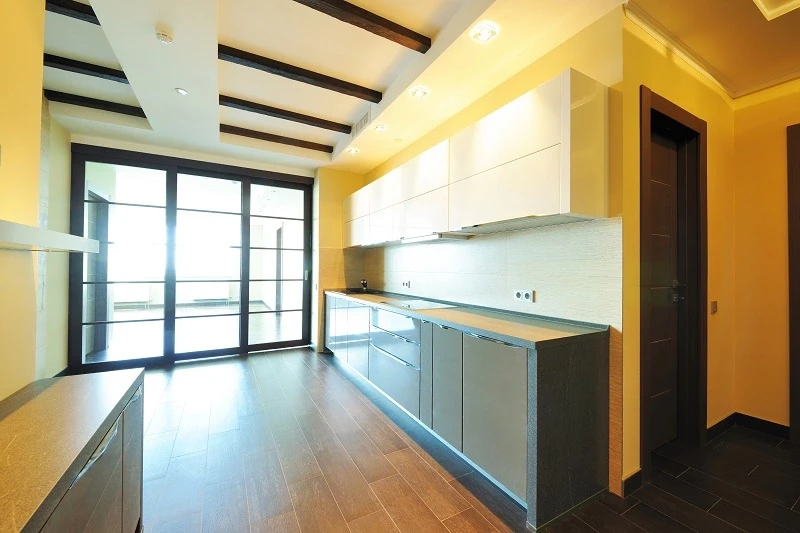Why Conduct Periodic Inspections of an Under-Construction Property?

As a home buyer, it is important to be involved. Involved throughout the home buying process – from the primary online research to when taking possession of the keys. One important aspect often neglected is regular inspection of the ongoing construction of your home. If it is a proposed development or an under-construction project, it is an amazing opportunity for you to be a part of the construction process closely. It is about being intimately involved in the construction of your home, beyond just the periodic construction update videos or construction-linked payment reminders.
Here is how being a part of the construction journey and periodically checking build quality will make you a well-informed homeowner.
ARCHITECT AND DESIGN CONSULTANT
Knowing about the Architects and the Design Consultants for the project can have a huge bearing on the quality of your home and your living experience. Ask for the relevant information regarding the construction partners so as to find out more about their repute and design and construction quality and viability. A well-regarded brand with a proven track record of innovation and dependability will enhance your trust in the builder and the project.
STRENGTH OF THE FOUNDATION
The strength of a building depends on the strength of its foundation. Thus, checking the quality of the foundation is paramount for a durable building and house. Check for yourself, if possible, or ask relevant questions concerning the quality and type of soil on which the structure is being built. Ask for a copy of the soil test, so that it will help you to understand whether the soil is appropriate to bear the weight and size of the structure.
DEFENSE AGAINST NATURAL DISASTERS
Natural disasters are abrupt and are precariously powerful. And hence, the structural building practices and regulations to protect against earthquakes have been put into place. When the construction of your house is in progress, check to confirm what safety measures are taken into account as part of the primary design. The considerations such as earthquake resistance, emergency evacuation means, and stairway design etc. are important for safe living. For example, adequate vertical and lateral stiffness and strength are important for earthquake-resistant structures. The fabrication of the building or structure should be such that it is able to endure the sudden and violent ground shaking, in that way reducing structural harm and human deaths and injuries. The distinct tools and metrics outline the categories and grades of earthquake resistant buildings. Understand these different systems used and ascertain for which the structure is compliant with the satisfactory standards.
GREEN BUILDING TECHNOLOGIES
As green buildings are becoming important, numerous frameworks known as ‘rating systems’ have been developed to boost and endorse sustainable design. The prime frameworks in India are LEED (Leadership in Energy and Environmental Design), GRIHA (Green Rating for Integrated Habitat Assessment), IGBC (Indian Green Building Council), and BEE (Bureau of Energy Efficiency). In the simplest sense, green buildings help to reduce the negative impact and enhance the positive impact on the environment; they are eco-conscious. The green rating frameworks assess a building on various parameters such as site selection, material selection, energy efficiency, water efficiency, innovation and technologies and provide the necessary grade and certification. A green building can improve your overall quality of life. Enquire about the green building technologies employed in the design.
MATERIALS TESTING REPORT
Evaluating and understanding the reports from the materials testing laboratories will assure you of the durability, strength and quality of the structure. The advanced characterization testing to evaluate the mechanical, physical and chemical properties of materials, will provide insights on the quality control of materials and processes exercised by the builder at various stages of construction. Ask the relevant customer relationship team from the builder for the testing reports from time to time.
MACHINERY HEALTH
The quality, functionality and maintenance reports of the specific machinery and equipment used for construction will help you check the adherence to ‘zero-deviation’ by the builder. Assessing these reports periodically will enhance your confidence in the quality of all materials, components and equipment used in the construction of your house.
QUALITY OF FINISHING MATERIALS
Appraising the quality of the finishing materials such as the tiles, glass, switches, sanitary ware etc. and their functionality will provide a detailed view of the look and feel of the various spaces of your house. Enquiring about the warranty and guarantee of these finishing materials and fittings and fixtures will ensure easy maintenance and long-term cost savings. Check the quality of the doors, locks, windows, electrical fittings if provided.
VISUAL INSPECTION
A visual inspection is the simplest form of quality check. Looking at the materials being used, touching them, quick online searching about them can give you a sneak peek into what you can expect as the final product. The superiority of the raw materials used will help you gauge and ascertain the quality of your fully constructed house. As and when possible, grab the opportunity to visit the construction site, with all mandated safety and health measures.
While this volume of information might get overwhelming and technical, start with baby steps. To begin with, ask the pertinent questions related to the structural elements such as the building blocks used, the concrete utilized, the steel being used etc. These simple insights will strengthen your understanding of what is going into your dream home.









Ask a Question